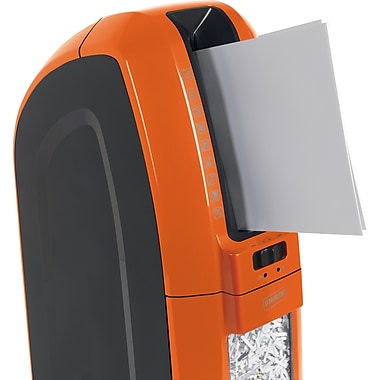Organizing is a lot like Training for a Race
/ Last Spring I started running. I hadn't really run since I was in elementary school, so it was a huge feat for me to complete half a dozen 5K races over the past year.
Last Spring I started running. I hadn't really run since I was in elementary school, so it was a huge feat for me to complete half a dozen 5K races over the past year.
Organizing is a lot like training for a running race (or any competition):
- Just start. I was totally out of my comfort zone when I started running, but I signed up for a beginning runner's group. Taking that first step was the hardest but most important. It's the same with your organizing project. It may feel overwhelming, but take that first step: just start.
- Start small. The new runner training program started by having us run for a minute, and then walk for a minute as a break. That's easy, right? Each week we moved up to running for 2 minutes, 3 minutes, and so on until we were at 10 minutes running with a 1 minute walk break. We started small and made incremental changes over time. This is the same for organizing: pick one spot to re-organize, or one routine to improve, and work on it consistently. Small changes will add up.
- Schedule it, and make it routine. Run 3-4 times a week-ha! That seemed impossible at first but my trainer gave me a calendar with a suggested schedule. I tried really hard to follow the schedule, even when I'd rather be doing something else. After training regularly for a month, running several times a week with my gals became routine, and even something I looked forward to. You may not ever look forward to organizing, but scheduling time to work on your organizing project-just as you would any other important activity-can help keep you on track. Over time you'll start to build new habits. Picking up each night or putting your clean clothes away in the closet, for example, can become routine.
- Clarify your goals. Right from the start my trainer wanted to know what my running goals were: I wanted to prove to myself that I could workout regularly and run a 5K. We picked a 5K to be my first race and worked towards it. Think about what your goals are for your organizing project: do you want to create more space, want to have friends over for a dinner party, or get your kids to pick up their rooms? Keep your goals in mind when you get discouraged or feel overwhelmed with your project.
- When you get off track (and you will), start again (reset) and keep going. After running for several months I had a knee problem that required doctor visits and physical therapy. And no running for at least a month! Some mornings I enjoyed sleeping instead of running, but it was also discouraging and frustrating. As my knee improves I'm starting to reset and get back into my healthier routines. It's the same with organizing. When we get off track it can be easy to forget how far we've progressed, and slip back into old habits. It's inevitable to have some slipping in our progress, but reset yourself and keep on going. This is a good time to remember your goals (see above) and what you are trying to accomplish.
This article first appeared in the Summer 2014 edition of The Neat Sheet newsletter. Sign up here so you don’t miss a Neat Sheet, and read previous editions in the archives.










 6 cases that come out and can be carried around. The cases snap tightly to hold LEGOs®, and could be organized by project. This solution would help keep the little pieces or projects all in one area, and can be found at The Container Store, amazon.com and other places online. Other shelving units like
6 cases that come out and can be carried around. The cases snap tightly to hold LEGOs®, and could be organized by project. This solution would help keep the little pieces or projects all in one area, and can be found at The Container Store, amazon.com and other places online. Other shelving units like 









 For the last installment of my year-long
For the last installment of my year-long 

